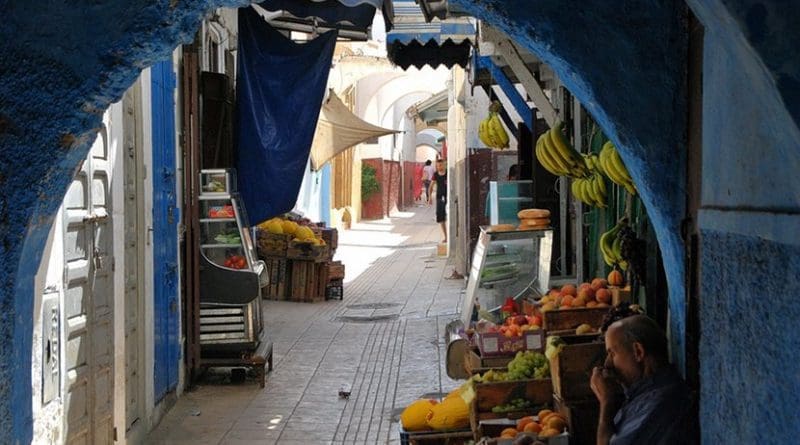Old Medinas: The Value Of Restoring Historic Landmarks In Morocco – OpEd
Moroccans and tourists are equally impressed and charmed by the beauty of the old parts of the cities (old medinas). Stunning mosques, monuments: madrasas, mosques, mausoleums, trading domes, hammams, old houses, and shops just to cite these few, represent an outstanding cultural equivalent of an old-growth forest.
But the centuries are taking a toll. Inhabitants and visitors can easily notice the aging physical structure of the Medinas Shop doors are askew. Hand-chiseled tiles called zellij are faded and chipped. Ancient wooden doors collect the dust of ages. But while in some places the wear and tear adds to the aesthetic, in other places it’s precarious: Ceilings bow, and walls fissure. Some structures look downright dangerous and, in fact, are. There is always this risk of houses to fall down that menaces many families.
Therefore, these historic buildings have to be saved. It’s a “must”. Preservation and upgrading of medinas are far more effective means to honor our ancestors and at the same time create a multi-generational legacy for future generations.
The medinas represent a tangible link to Moroccan’s culture. They serve as a point of both pride and heritage.
Major rehabilitation and upgrading projects of old medinas are launched. Dozen of monuments and old houses have come to life. Restoration work is still going on and the result is often breathtaking as such task is often tedious, intricate and costly process that rquires close collaboration and coordination between different government agencies. Skilled handicraftsmen, architects and designers work hand in hand to restore beauty to those historically valuable buildings. The community is involved during this whole process because this a Moroccan patrimony that should be preserved.
Revival of old medinas extend beyond their beauty. Their upgrading and especially preservation presents a lucrative economic opportunity that can generate jobs and boost tourism. These projects reinforce the handicraft sector as a source of job creation and value added. They promote the integration of the beneficiary women in the labor market, the preservation of some declining trades, the promotion of local handicraft products and the strengthening of the sector’s organization and structuring. Local economy is thus stimulated not to mention public interest, especially for children, in learning about historic sites and feel proud of all the work achieved by their ancestors. So the progress of rehabilitation and upgrading works of old medinas aim to enhance the building aspect of the city and ensure better integration into its urban environment.
Fouad Serrhini, director of Ader-Fès said: “Our mission is to create new opportunities for the medina. We don’t want it to be a relic of the past; we want it to be a living city of the future.”
Beautiful images of old medinas: colorful shops, smell of mint tea coming from small cafés, sounds of the muezzin’s call to prayer, skilled fingers of handicraftsmen giving the final touch to their products, sacred fountains, mausoleums — all illuminate Morocco’s spirituality and modern identity. Old medinas do talk.

